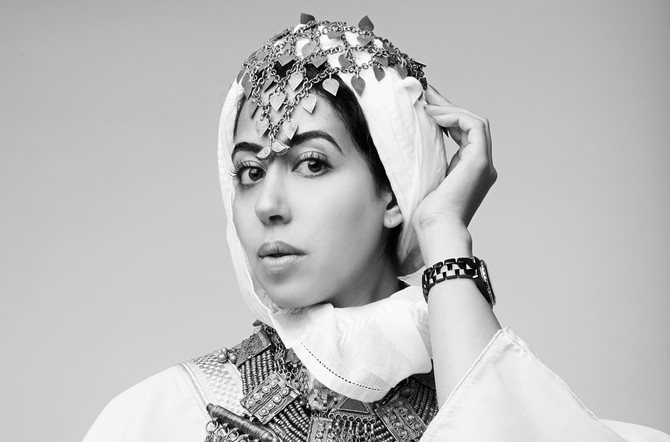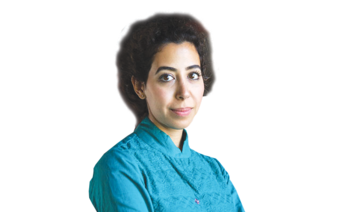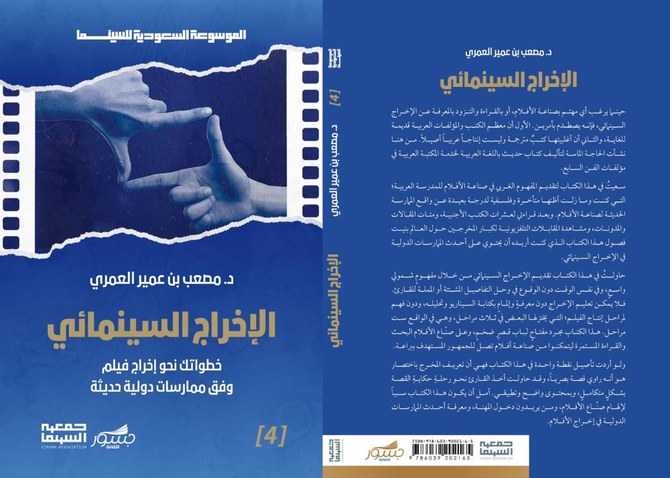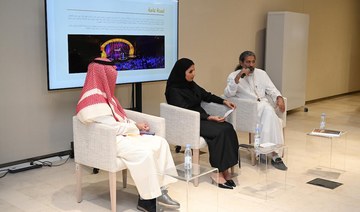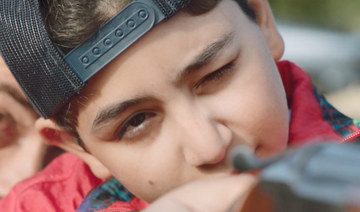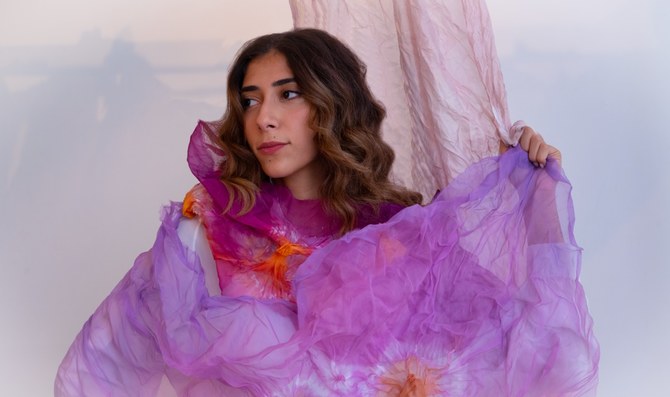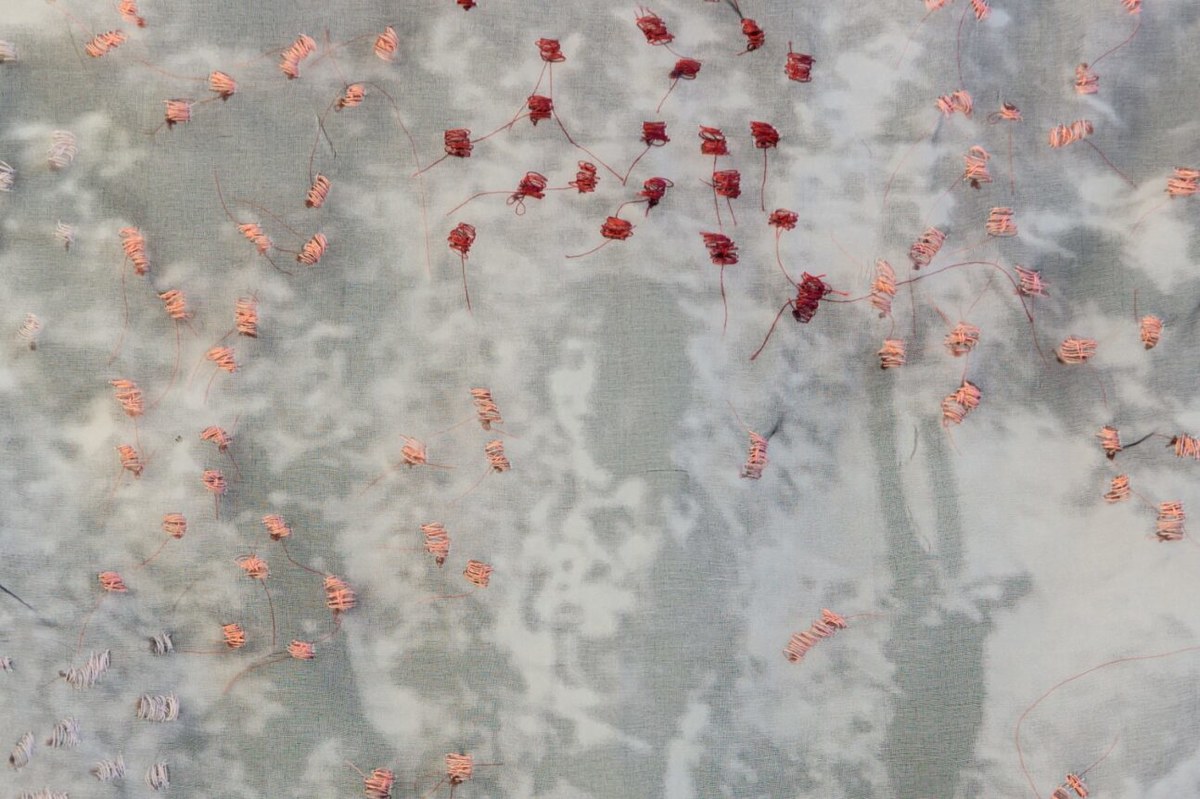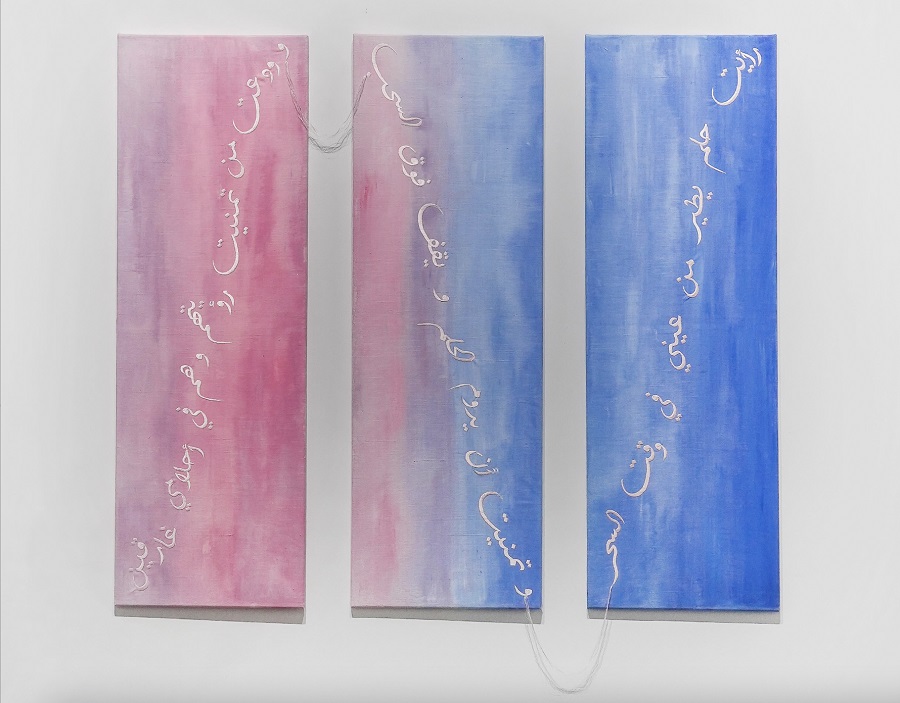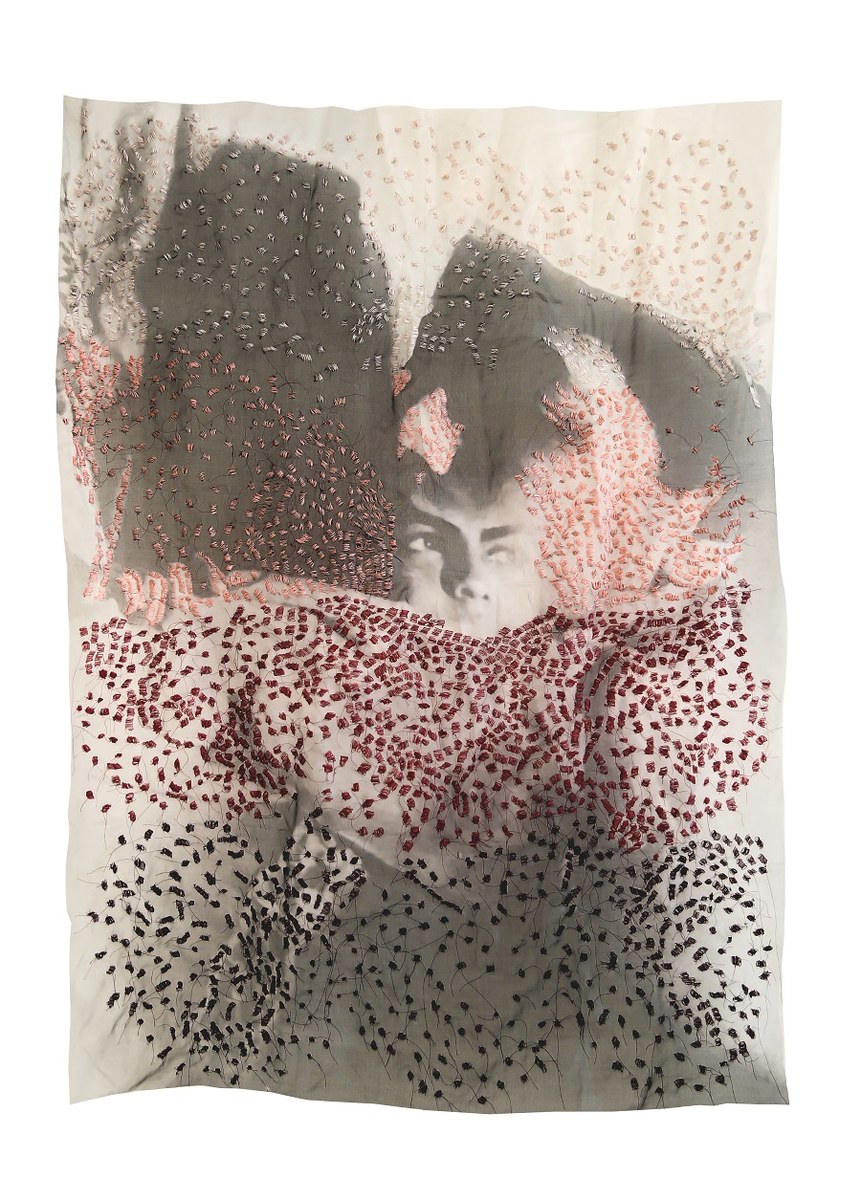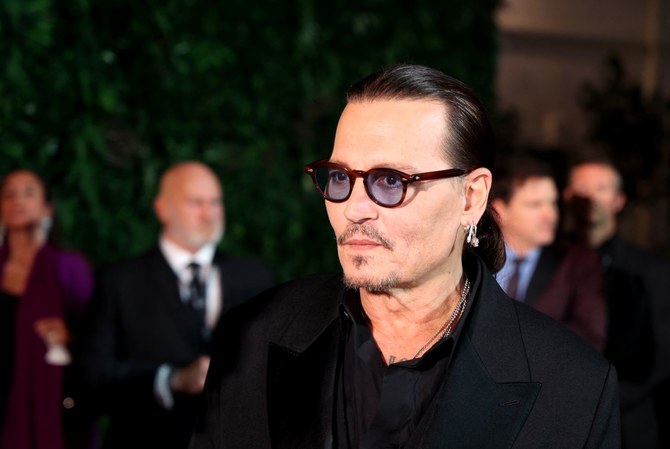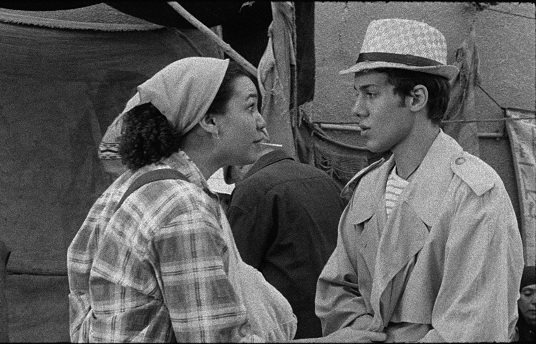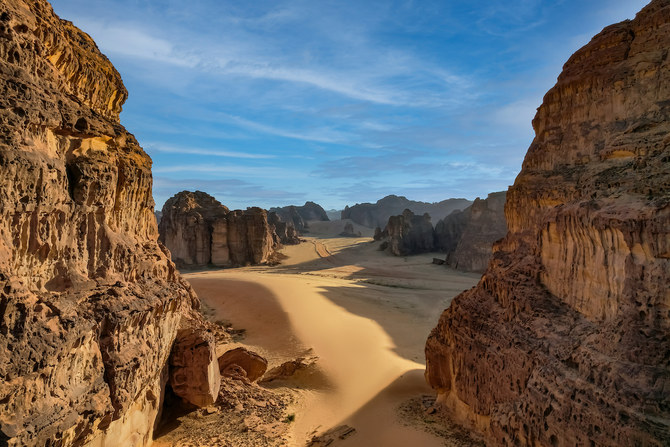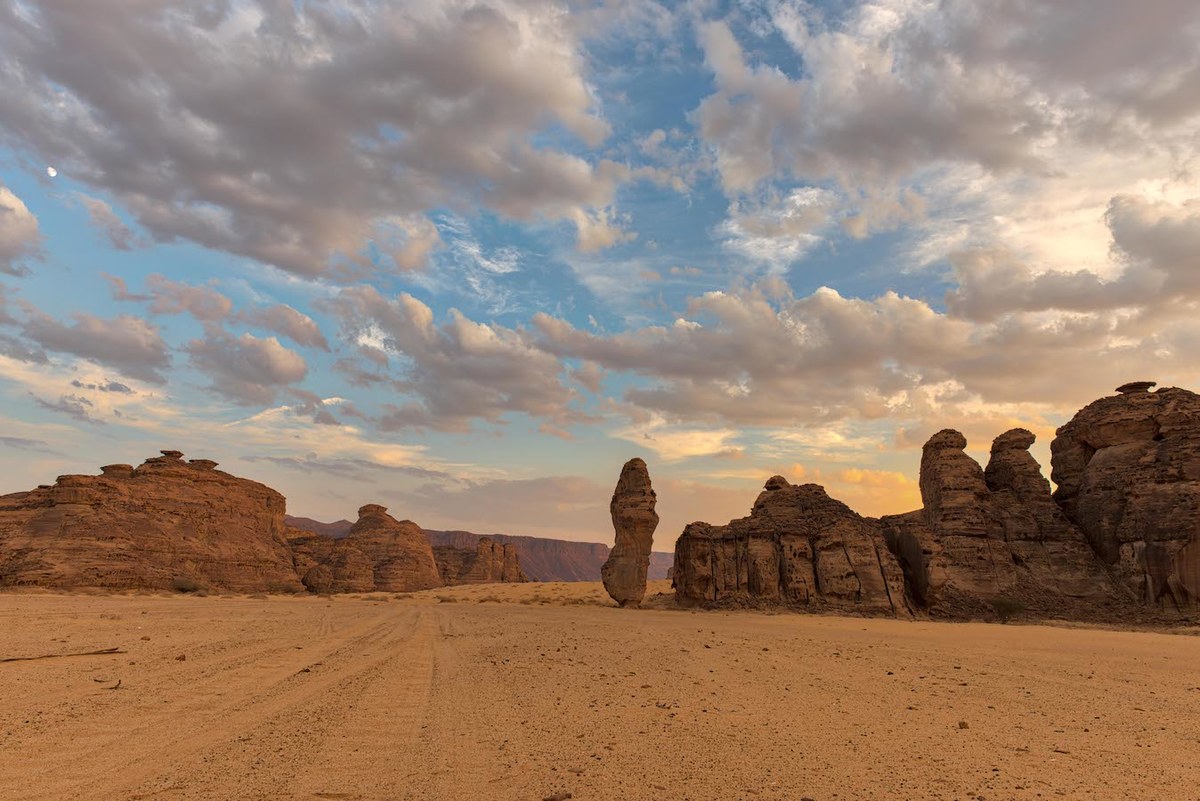DUBAI: Tasneem Alsultan has established herself as one of the most sought-after, and talented, photographers in the region. She describes herself as “a photographer interested in social and gender issues,” and even her wedding photography (with which she started her career and which continues to help fund her personal projects) eschews the usual portrait-style coverage for a more narrative-driven style.
“I don’t want to be ‘just’ a photographer,” she tells Arab News. “I want to provoke people to feel, to think.” And the sweeping social changes in Saudi Arabia over the past 18 months or so have provided her with plenty of opportunities to do just that — whether on assignment for The New York Times or National Geographic, or working on personal projects.
She has captured tangible changes through images of “women at concerts, women driving cars, women working in the public sectors, women entering football stadiums, and being active in stadiums,” she says. “But then there’s also a subconscious change, almost, of how we react to those things.”
FaceOf: Saudi-American photographer Tasneem Alsultan
The most significant shift in Alsultan’s professional, and personal, life has been the lifting of the ban on women driving in the Kingdom. Even though she has had a license for around 12 years, having lived in Bahrain, Dubai and the US in that time, “I’d never been to places outside of the big cities before really,” she says. “Now I’m going everywhere and photographing a different perspective — things that haven’t been seen, not just outside of Saudi, but even by Saudis. It’s great. I’ve been driving to places that are seven hours away, staying for a few days, then going back.
“Every time I get in a car, driving, I can’t believe that it actually happened,” she continues. “I don’t think it’s the driving that’s the issue, though; it’s that I take the lead in where I want to go. It’s about control.”
Here, Alsultan talks us through a few examples of her work — “telling evocative stories in a way that will hopefully make a difference.”
“Cheerleaders”

This was an assignment for The New York Times, covering the first female basketball tournament in Jeddah. This was only the second time that women had been allowed to enter stadiums in the country. There were 3,000 women, apparently, in this stadium. Men weren’t allowed in. It was a beautiful event. People wanted to attend just to be part of that moment; we were part of the ‘big change.’ You can see one of the girls is looking straight at the camera. It’s important, as much as I can, to be invisible. That’s very difficult, especially in this part of the world, where we’re very conscious about how we look. But it’s my job to just stay there and wait until I have the least number of people looking at me.”
“Bride and Groom”
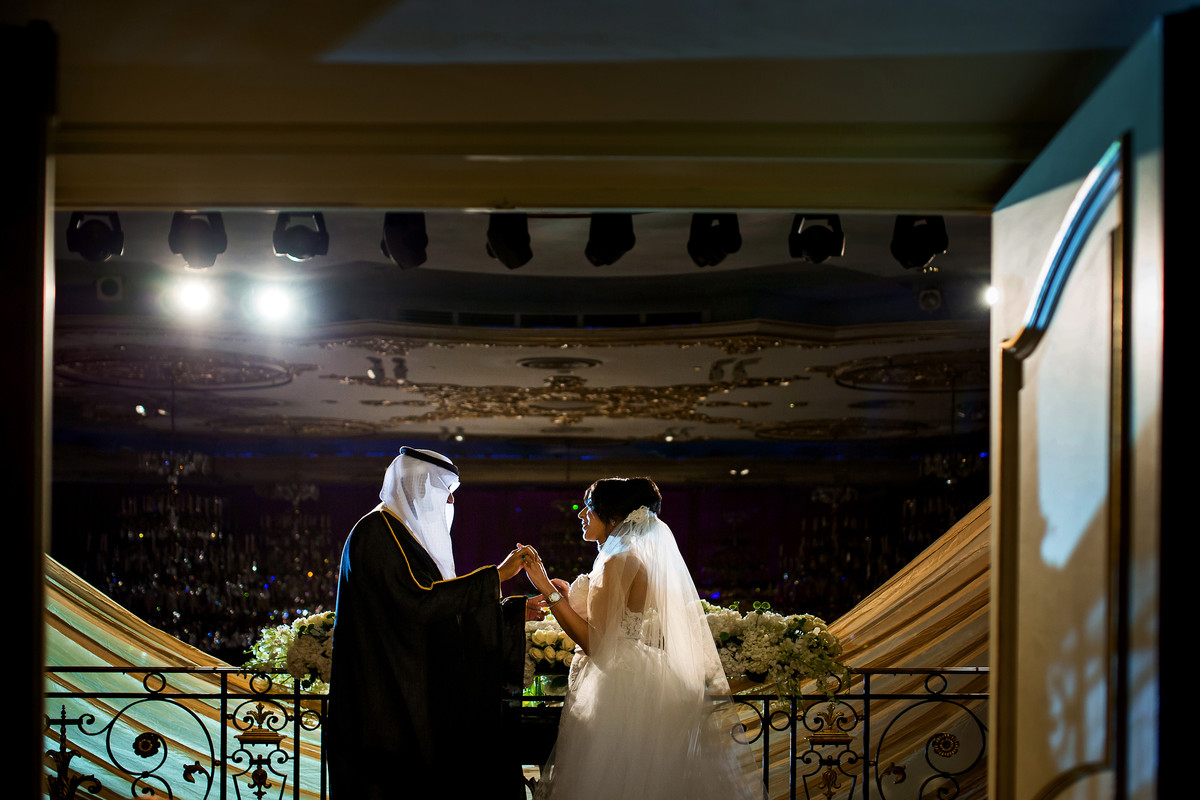
I see wedding photography as a narrative, as storytelling, whereas many people just see it as portraits. I still have calls from confused clients, like, ‘So, do you use backdrops?’ Nope. ‘Do you use Photoshop.’ No. ‘So, what do you do?’ [Laughs.] I get it. It’s fine. I’m not the photographer for every client, and I don’t think I should be a jack of all trades — I don’t think anyone should be if they’re serious about this — but I love it. I see it as a story about love and intimacy with a beginning and an end. I love asking the couple how they met and how they’re unique. I like how little moments make this couple want to live together forever.
The bride had a best friend who she hadn’t seen for years, because they weren’t in the same place together. She didn’t know that her friend had a brother, but when they met each other again, the friend asked her to meet her brother because she thought they’d hit it off. And they did. It’s a simple story, but it’s beautiful. The wedding was in a beautiful big ballroom in Jeddah. And the couple walked onto a balcony on the top tier and everyone’s looking at them from below. They exchanged rings, looked at each other and then walked down. They’re not a very cheesy couple, this was just a moment. As a photographer, you’re the storyteller. It’s not about manipulating the facts, it’s more about highlighting things — a moment that they might not have seen as romantic. But because I photographed it at the right time, it looks like they’re dancing, almost.
“Homecoming”

I was photographing tourism in Saudi, and in Al-Ula specifically, for The New York Times. I photographed all these expats coming in and enjoying the country, but I felt like it wasn’t really their story to tell. After two days of only finding expats, I got to meet locals. This woman and her female relatives, who are all in the photo, are originally from Al-Ula, but they’ve been living in Jeddah for the last 20 years. They drove all the way back just to visit their hometown. They didn’t go to the Andrea Bocelli concert, they were just interested in being happy in nature. And I think that was very important. It was a beautiful moment. They were saying, like, ‘We didn’t know our hometown would ever be on the map in Saudi. Now everyone knows about it!’ I think everyone in the world would like to explore their own country. We haven’t had that chance. And now we do.
“The Driving Lesson”

Faisal was teaching his wife to drive. He posted this photo on social media, and it got so many attacks. “How dare you share a photo of your wife?” “You’re not jealous at all… what is this?” He got more attacks than people being happy. It showed, I guess, that many people are not prepared for these big changes. They feel threatened. But he was excited and happy to be teaching his wife to drive.
The good thing was, we complained about the online harassment, and the government intervened and people were either told off or their accounts were shut down.
This image was about waiting for the right moment, again. I don’t always get it right straight away, but there’s usually one shot, when I look through them, where I think, “That’s the one that doesn’t look like I’m there.”
“Riders in Preparation”
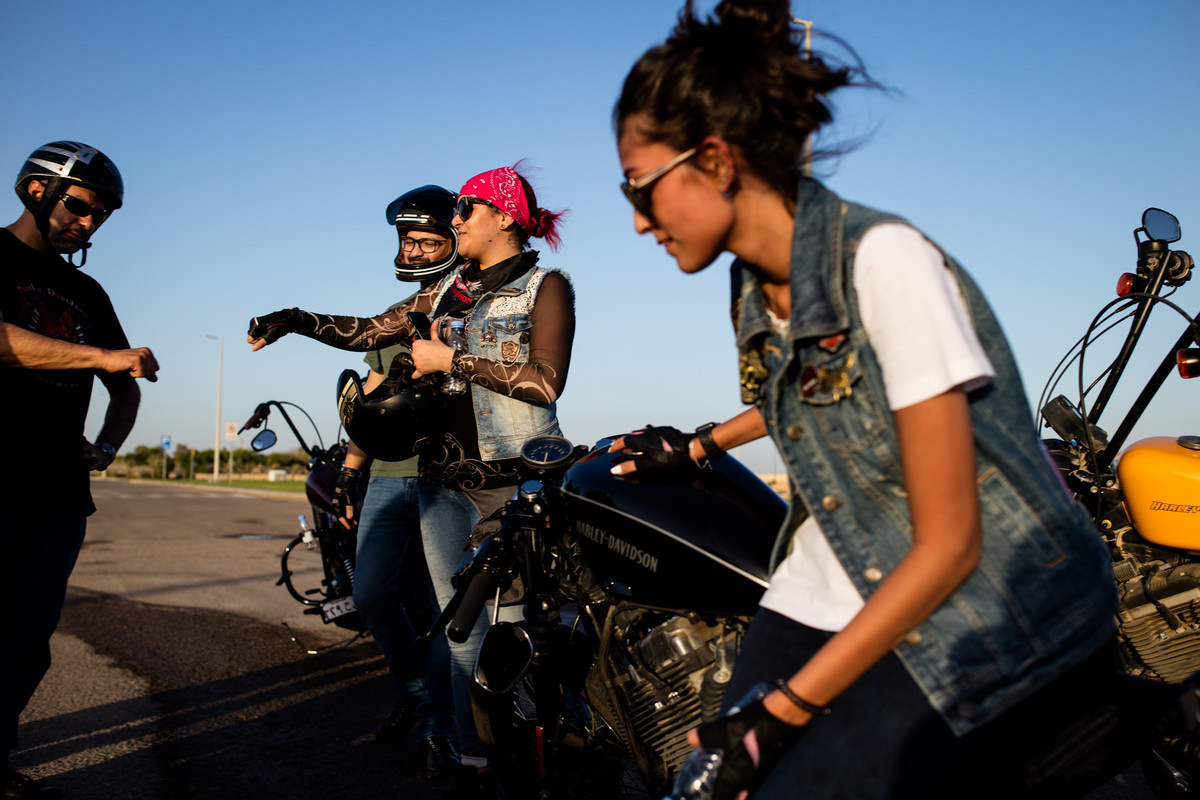
This is a Harley-Davidson club based in Alkhobar. This was taken just a few days before women would be able to drive. Usually, the girls would either ride in the Aramco compound, or they’d have to go to Bahrain to ride. That week, they were preparing to ride properly in Saudi. So, they were really excited. And the men — who are mainly from Saudi — were excited too, to be able to ride with them in the country.
“Tea Time”
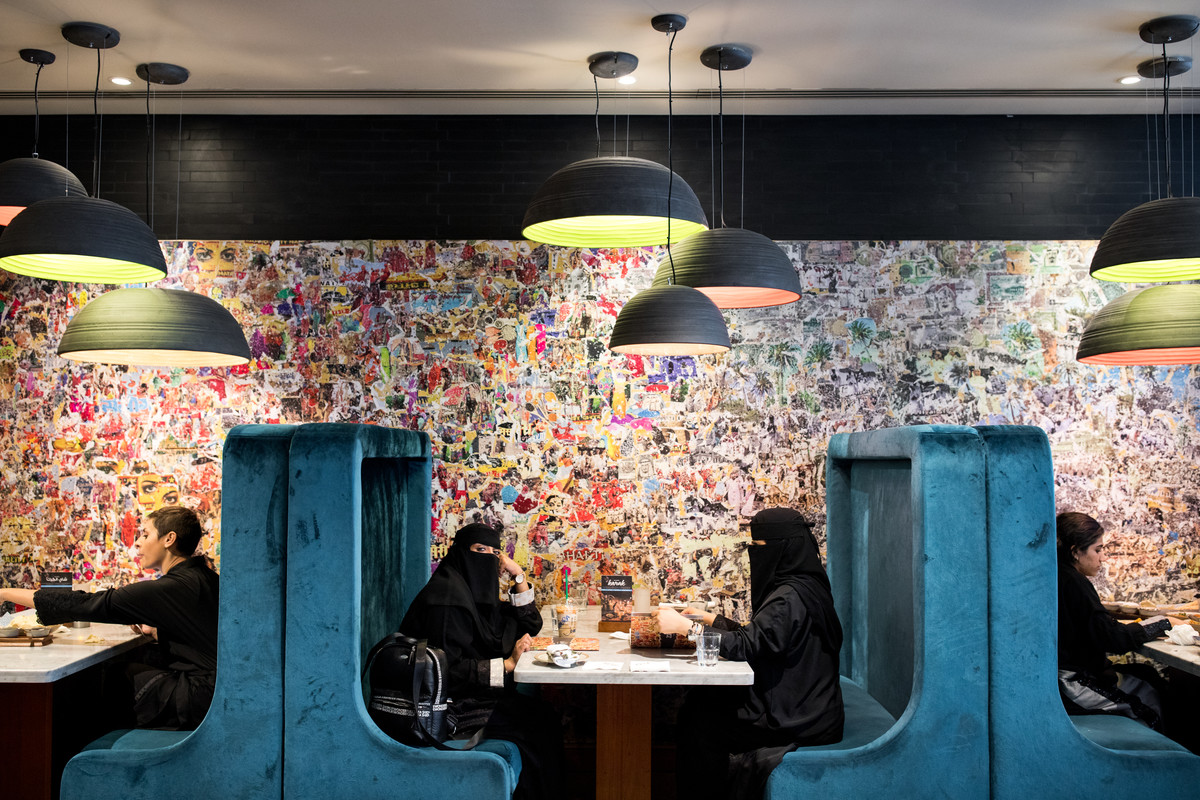
I love the framing here. I love how the light is in the center. I love the wall. It’s all very modern, and then you have these girls wearing very traditional clothing. They allowed me to shoot them, and I liked the one where she was looking directly at me. Usually, we don’t want that; if it was for a newspaper, I wouldn’t have chosen that one. But in this case, it wasn’t an assignment, it was for me. So, this was the one I chose.
I always joke with my friends that if I publish a photo of women in Saudi not wearing a veil or hijab, it gets a quarter of the likes that I get if they’re veiled. Which is annoying. Because the reality is that not all Saudi women cover. It’s like we fetishize that image, even as Saudis. For me, it speaks volumes about how we’re playing into this image of, “Oh, but how can they eat? Who are they?” I don’t know. I always feel weird when I publish a photo of women covering their faces.
“Choice”

This was taken right after the announcement that women were going to be able to drive. This lady, who has a car, but still couldn’t drive it outside of the Aramco compound, was calling Uber. Now, I’m someone who’s been relying on Uber, but I hate it when I can’t have any other option; when I have to wait for the driver, and he’s late, or he gives me attitude. So it was, like, ‘Great. Now we won’t feel pressured.’ It’s an option. I can take an Uber if I want to, but if I don’t, I (can still get around).
What I’ve learned from being a photojournalist is that you try to get as little content as possible in writing, and more in how the photo is taken. So that poster makes you understand that it’s in Saudi and, at least, what year it was taken.
“Valentine’s”
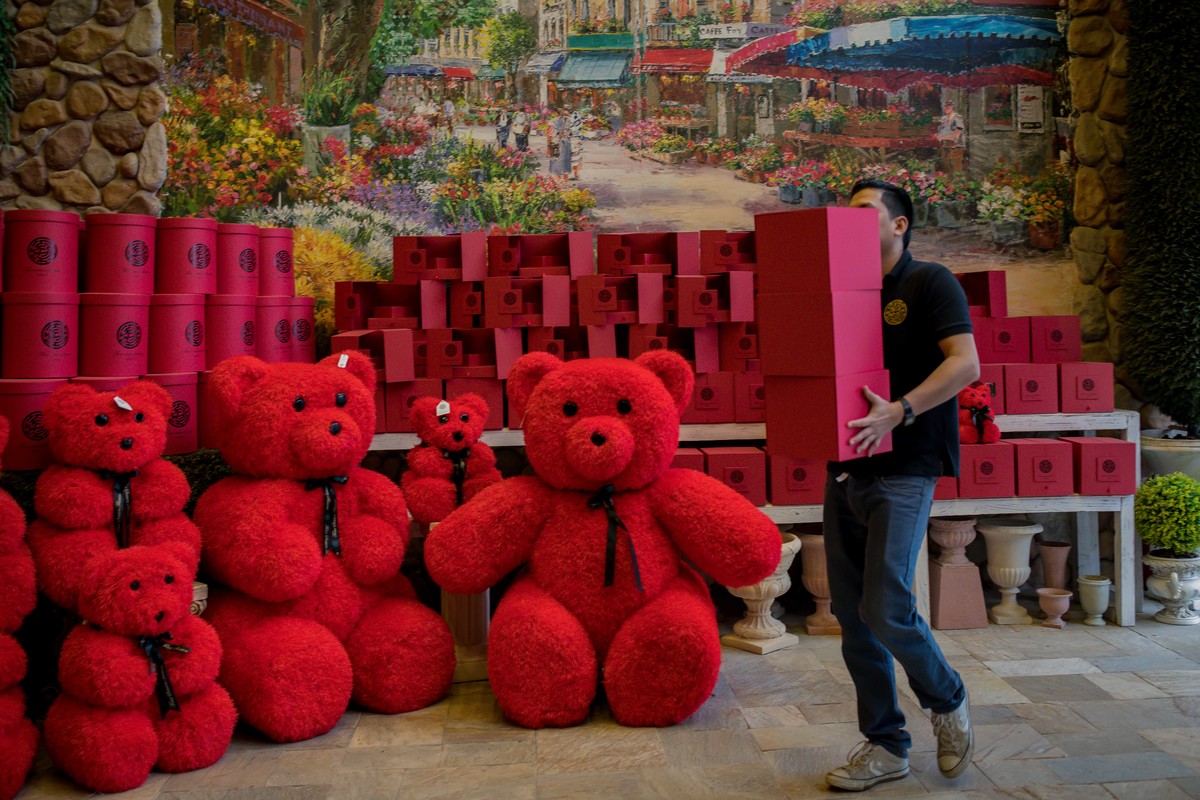
This was taken this year. It was for The Guardian, and they basically wanted to say that two years ago, this image wouldn’t have been taken, because we weren’t allowed to (openly) celebrate Valentine’s Day in Saudi. So, all of the florists and gift shops — anything that had the word ‘Valentine’s’ — they’d be fined. But this year, they were left alone, basically. This was taken at a shop in Alkhobar in February, and I think it’s a simple encapsulation of the progression that’s happening, and the opening up.



